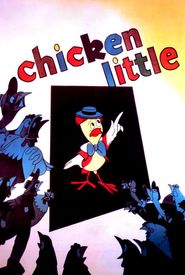Frank Graham, a talented individual, entered this world on November 22, 1914, in the vibrant city of Detroit, Michigan, USA. He was a multifaceted personality, excelling in both the realms of acting and writing. His impressive repertoire included notable roles in films such as Cosmo Jones in the Crime Smasher (1943),The Three Caballeros (1944),and Horton Hatches the Egg (1942). Sadly, Frank Graham's life came to a close on September 2, 1950, in the iconic city of Hollywood, California, USA.
Frank Graham's Bio:
Born: November 22, 1914, in Detroit, Michigan, USA
Died: September 2, 1950, in Hollywood, California, USA



































